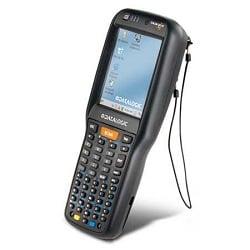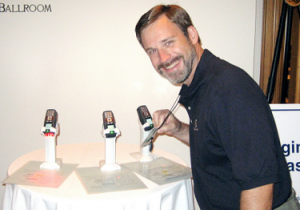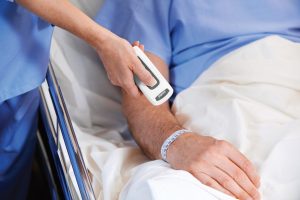As technology advances, there is more equipment released on a consistent basis than ever before aiming to help all sizes of businesses and organizations with their operations. The equipment available is more diverse than ever before, meaning businesses and organizations have more options regarding which equipment they choose. Additionally, modern equipment has found a way to be both more advanced and easier to use than the equipment of previous generations. Not only that, but business equipment has also become more specialized. Businesses looking for a computer with specific power and memory specifications, desks with a certain built-in ergonomic feature, machinery to perform a specific type of lift or a vehicle dependable enough to make a haul over a targeted range of miles will more likely than not be able to find the exact equipment they need.
Businesses Still Must Make Smart Financial Decisions
While the selection and capability of equipment has changed significantly in recent years, many businesses have not seen the same change in their bottom lines. For this reason, more and more businesses are investigating a third way between buying the latest equipment and continuing to do things the old fashioned way: leasing business equipment. In response to this trend, equipment companies are offering things like barcode equipment rentals and other equipment for trial periods. Here is a brief look at the benefits and drawbacks of renting business equipment.

Benefits
The most obvious benefit to leasing business equipment as opposed to purchasing it is that it is the more cost effective option. Just how cost effective it is, though, may not be apparent from a simple side-by-side comparison of purchase price and rental price. Business owners should also consider the savings of time and stress that come with leasing equipment as opposed to owning it. There is often a significant opportunity cost that comes with owning equipment that is not fully considered before it is purchased. Another major benefit to leasing equipment is that a business is less affected by changing technology. While those who buy equipment might regret their purchase when a newer, more effective model is released, those who rented can simply rent the better version next time.
Drawbacks
Some drawbacks to rental equipment are also financial in nature. In many cases, there may be an investment potential to equipment purchases that are not there with rental equipment. This distinction is often mirrored in the debate about renting or purchasing a home. Also, many business owners simply fail to consider the implications of their leasing agreement; they may believe that they will have the ability to purchase the equipment outright at the end of the lease, only to find that this is either not an option or not financially feasible.
What To Consider
Regardless of what type of equipment a business is considering either purchasing or renting, there are a few major factors to consider beyond the personal financial situation of the business (often, the smart choice is the same for the business on a tight budget or a business flush with cash). For one, the length of time the equipment is expected to be needed should be considered. Also, the terms of the rental or purchase agreement must be analyzed thoroughly to avoid any potential unanticipated financial or legal problems in the future.





